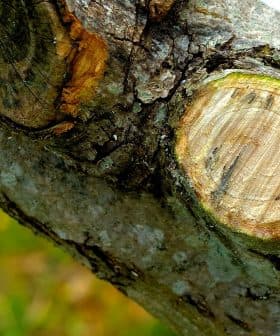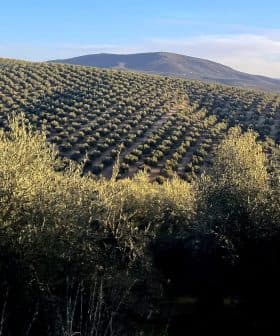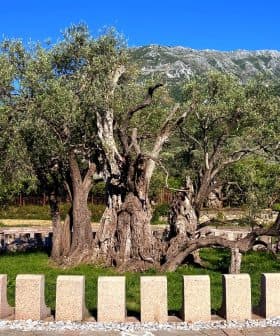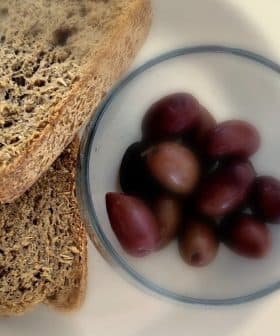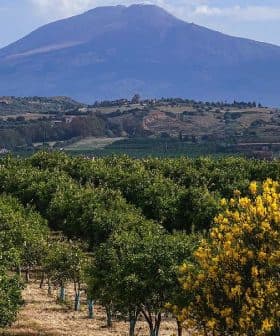People Here Use More Olive Oil than Anywhere Else in The World
Sammarinese consume an average of 22 kilograms of olive oil each year, or about a liter every two weeks.
 15.4K reads
15.4K readsSan Marino leads the world in per capita olive oil consumption, with inhabitants consuming an average of 22 kilograms annually, which is twice as much as in Greece and Spain. The country’s rich olive oil culture is reflected in its cuisine, tradition, and the distinctive Terra di San Marino extra virgin olive oil produced by local farmers.
A new report shows that San Marino is the world’s leading per capita olive oil-consuming nation.
Stretching over 61-square-kilometer, the mountainous microstate is one of the most ancient republics in the world and is known for its perfectly preserved medieval architecture.
Olive oil and the olive tree itself are deeply loved by Sammarinese families.
The inhabitants of the small country, which is located on the northeastern flank of the Apennine Mountains and is completely surrounded by Italy, consume an average of 22 kilograms (approximately 24 liters) annually
That equates to around one liter every two weeks per person.
By comparison, annual per capita olive oil consumption in Greece sits at 12 kilograms and is 11.7 kilograms in Spain. Meanwhile, the figure reaches 8.2 kilograms in Italy and 7.9 kilograms in Portugal.
See Also:Olive Oil Consumption Holds Steady as Production Slips, Latest Data ShowsOverall, the report from Juan Vilar Strategic Consultants said 92 percent of olive oil consumption takes place in the 67 countries in which olive oil is produced. From there, producers export their olive oil to a further 131 countries.
“San Marino is a country that shares with Italy the advantage of olive oil as a main seasoning and dressing,” Luigi Sartini, a chef at the renowned Ristorante Righi in San Marino and a Michelin-star holder since 2008, told Olive Oil Times. “Here, olive oil is the fat most widely used and the condiment that characterizes most of our cooking.”
Sartini was not surprised that San Marino leads the world in per capita olive oil consumption.
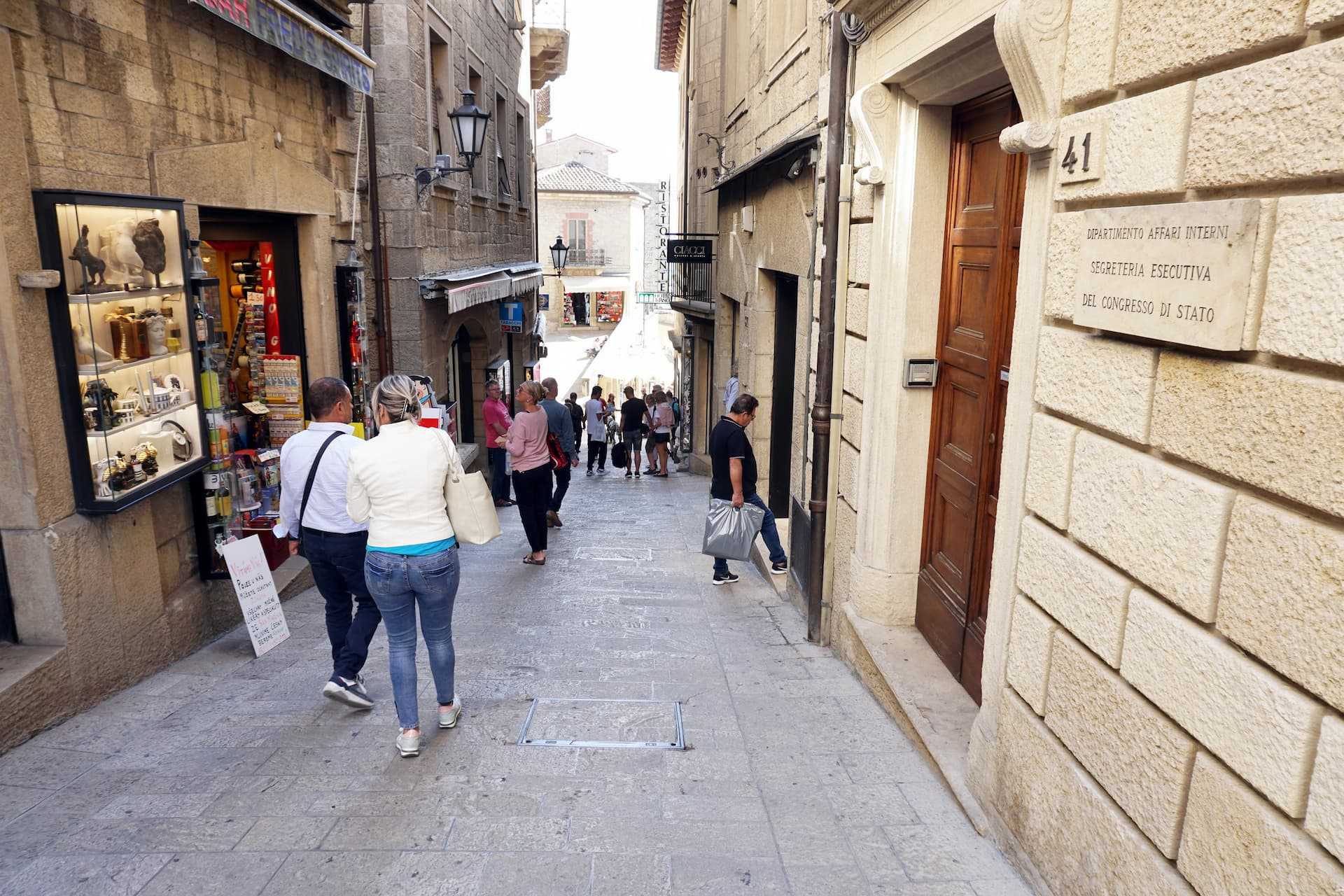
San Marino
“It is the heart of our tradition,” he said. “Almost all of my recipes end up with an extra virgin olive oil finishing. Just like many other chefs in the area, I am an enthusiastic adopter and admirer of olive oil.”
Sartini added that emphasizing that San Marino also has a rich olive oil culture, which may also be attributed to the high levels of consumption.
“For instance, if you want to give a relevant present to someone here, you will choose a fine extra virgin olive oil,” he said.
Along with individual consumption, Sartini said that many institutions in the country also use local extra virgin olive oil as a staple.
“If you think of any public soup kitchen, as well as in the hospitals or schools cafeteria, where health is a priority, extra virgin olive oil is always the basic ingredient shared by any kind of diet regimen,” he said.
Sartini praised local farmers for having expanded olive growing within the country in the last few decades, which has lead to the creation of the distinctive Terra di San Marino extra virgin olive oil.
“It is a high-quality extra virgin olive oil,” Sartini said. “It comes from several different cultivars and is characterized by a very robust taste with an herbaceous flavor and a piquant note. It is an ideal extra virgin olive oil for the traditional San Marino cuisine, strong and sturdy like the nature of its citizens.”
Terra di San Marino oils are certified by the local consortium and can be produced only by registered farmers whose olive groves grow within the country’s boundaries. Its flavor and taste mainly come from blending Correggiolo, Sursina, Capolga, Brugnola, Pendolino, Frantoio and Leccino olives.
“Olive oil and the olive tree itself are deeply loved by Sammarinese families,” Flavio Benedettini, the president of the olive growers’ cooperative in San Marino, told Olive Oil Times.
“In a small territory whose olive trees do not have access to irrigation, whose cold winters can reach icy temperatures and rainfall might come short, growing and planting olive trees is a family and traditional experience cherished by many,” he added.
Benedettini was pleasantly surprised by the consumption figures cited by the Juan Vilar Strategic Consultants report.
“Those numbers are impressive. As olive growers, I believe that means we are doing a good job,” he said, explaining how olive oil is part of the national identity and is even taught in the schools.
“Pupils from all classes are taught how to taste extra virgin olive oil, and they routinely come to our oil mill for tasting lessons,” Benedettini said.
Last year, Terra di San Marino-certified extra virgin olive oil production reached 7,000 quintals (770 tons).
“The product is sold well before the olives are harvested,” Benedettini said. “Customers reserve their olive oil months ahead because they know the production is limited and every year the yield is different.”
“Olive growing does not ensure a high income to our farmers, but it is probably cherished by them more than wine,” he added. “Still, many plant new olive trees, which shows how relevant the olive is for us.”
“All San Marino citizens have taken part in the harvest at some point, and as an oil mill operator, I can tell that here nothing like olive oil sparks social exchanges between families and growers,” Benedettini concluded.


